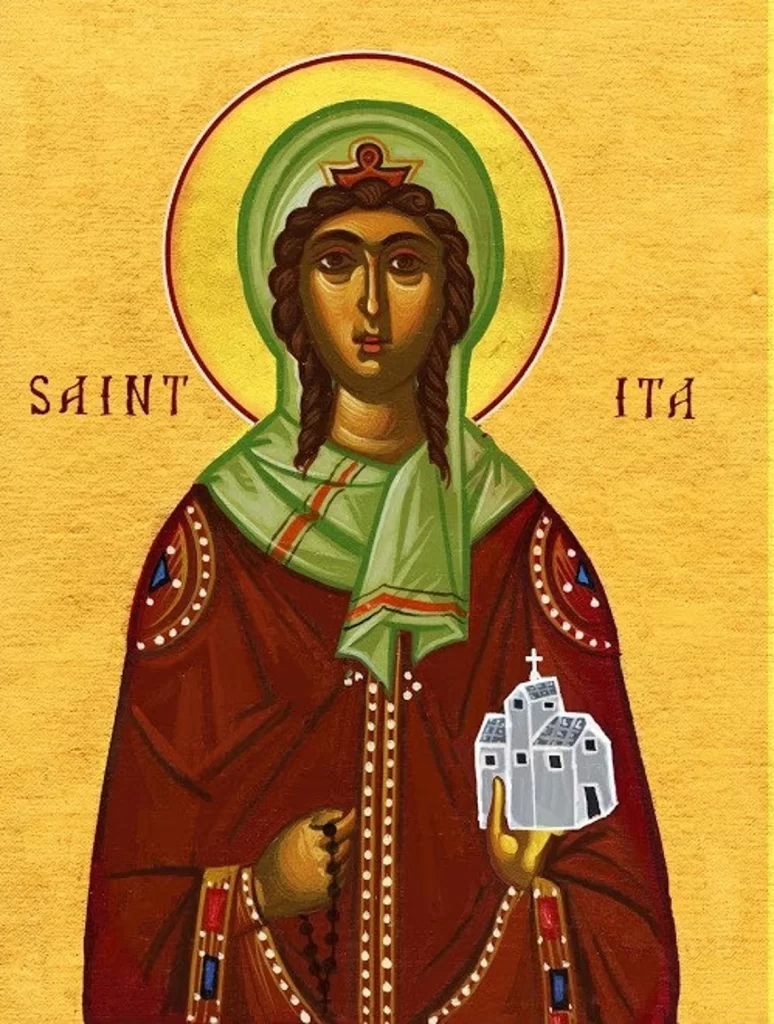St. Aidan is one of the 25 Irish Saints recognised in 19 June 1902 by the universal church via a process of cultus confirmation. This saint helps us to glimpse the close relationship that existed between the Gaels and the Welsh.
Aidan was born c558 on Inisbrefny, in Cavan. He was baptised Aedan. His parents Sedua and Eithne, from the noble families of the O’Neils and O’Briens, later called him Mo-Aidh-og, which means “My little Hugh” or its like saying my little Aed. His Irish name became Maodhóg or in old Irish Maedóc which he is now commonly known as. Maedóc was held hostage as a child by Aedh Ainmire, High-King of Ireland to ensure his family’s loyalty. He was later released, and he directed his life towards the religious, following his childhood inclinations.
Maedóc studied for several years in Wales under St. David at Menevia in Pembrokeshire. David is patron saint of Wales. Maedóc was listed in the Welsh triads as one of David’s three most faithful disciples. To give you a few stories recounted about St. Maedóc during his time in Wales, we have 1) by accident he broke a jug of ale destined for his fellow monks over a meal; but making the sign of the cross over the broken jug, it became repaired and thus he was able to serve his monks. 2) At another time in Wales, a yoke given to Maedóc by David’s steward which was not sufficient in size to fit around the necks of his oxen. Maedóc miraculously accommodated them which permitted him to travel with material to Llanddewi Velfrey.
Maedóc later returned to Ireland. At the same time, there was a victory at Dunbolg, Co. Wicklow, in 598, in which the High King Aedh was slain by Prince Brandrub of Leinster. In thanksgiving the prince gifted Maedóc lands in Wexford, for his prayers attributed to the victory. Aedh was a pagan king, and did not do himself any favours. Prince Brandub belonged to the dynasty of Uí Chennselaig, whose domain was the territory of Ferns. Maedóc’s monastic foundation was became known as Fearna-nor-Maedhog
St. Maedóc died on 31st January 632 on Lough Melvin’s shore, Co. Leitrim. His relics are held inside the tomb at the cathedral crypt in Ferns. St. Edan’s Cathedral in Ferns remains the seat of Church of Ireland diocese.
At the synod of Ráith Bressail in 1111, Ferns became one of five episcopal sees in Leinster. The diocese of Ferns is equivalent to the earlier kingdom of Uí Chennselaig over the territory of Ferns.
